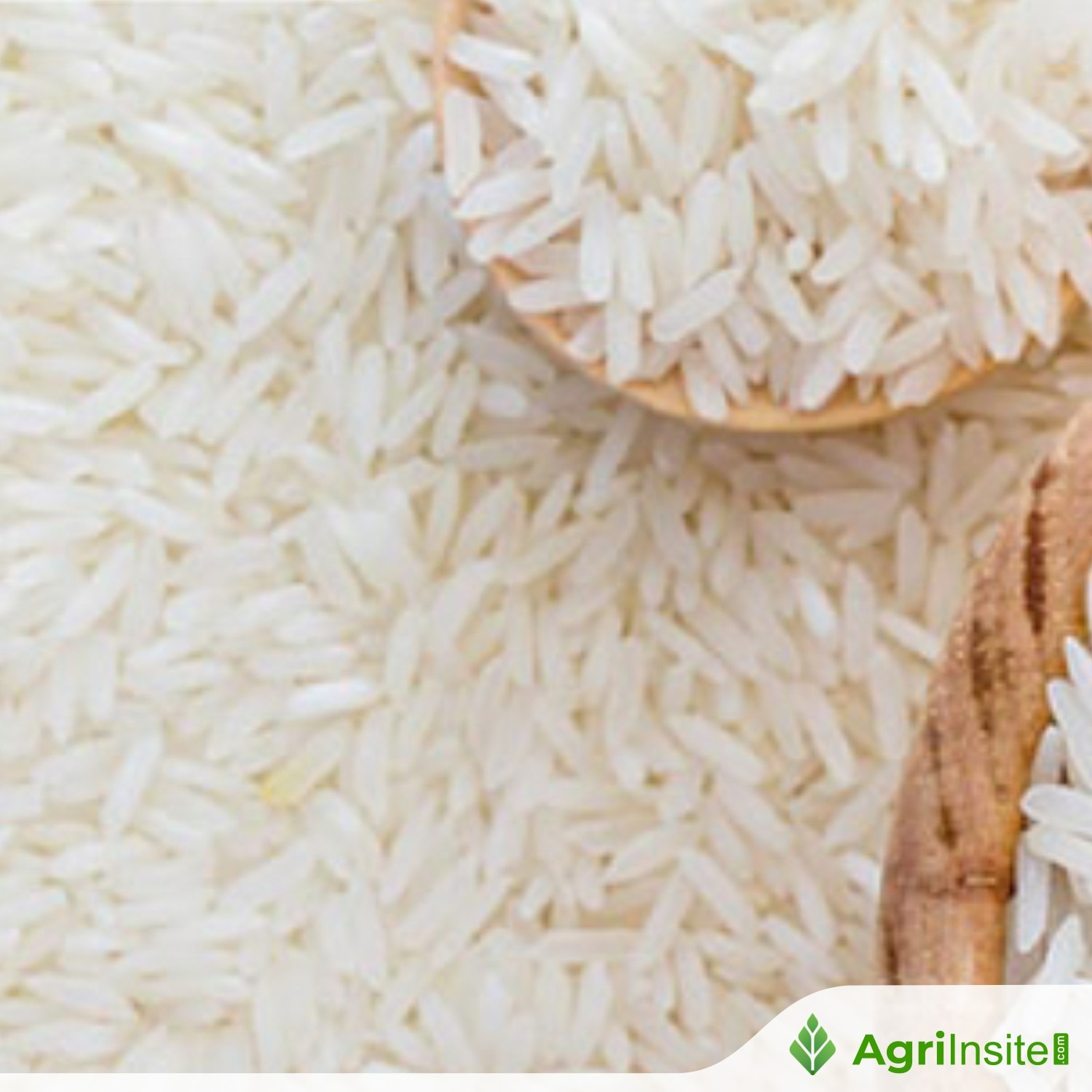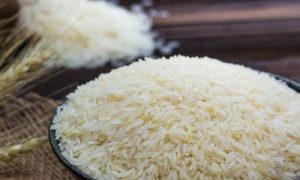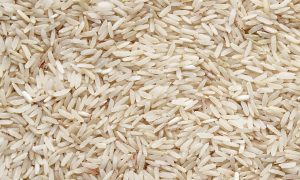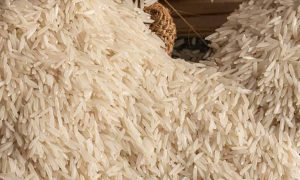Japan : Race to secure 2025 rice crop heats up, lifting prices

Japan’s 2025 rice harvest is projected at a nine-year high of 7.477 million tons, up 10% from 2024, despite extreme summer heat, water shortages, and heavy rain. Rising provisional payments reflect competition for new-crop rice, while government stockpile releases aim to stabilize supply. Prices remain volatile amid uncertain yields and quality.
With early shipments of rice from the 2025 harvest having reached the market, attention is turning to supply, demand and prices amid uncertainty over how this summer’s extreme heat, water shortages and heavy rain will affect yields.
Competition to secure new-crop rice is intensifying, pushing up the provisional payments that agricultural cooperatives advance to growers in respective regions, with levels already well above those of a year earlier.
In the summer of 2024, rice was in extremely short supply in stores, and the quantities secured by major intermediaries such as the National Federation of Agricultural Cooperative Associations, or Zen-Noh, fell sharply. According to an agriculture ministry survey of the 2024 rice crop released in July, deliveries to major intermediaries were down 340,000 tons year on year.
At the same time, direct sales by producers and their transactions with businesses other than conventional intermediaries rose by 490,000 tons. Forced to buy outside the major intermediary network, wholesalers paid higher-than-usual prices, a shift that likely contributed to the surge in retail prices.
An official at Japan Agricultural Cooperatives, or JA, in the Chugoku region, which is offering a record provisional payment for the 2025 crop, said, “Lessons from last year’s sharp drop in procurement also influenced (this year’s) advance payment.”
According to a survey as of the end of June, 38 of Japan’s 47 prefectures plan to increase production of table rice in the 2025 crop year, with output projected to rise by 560,000 tons from the previous year. Despite expected effects from high temperatures and other factors, some analysts still anticipate an overall increase in production.
In October, the agriculture ministry predicted that Japan’s 2025 staple rice harvest will reach a nine-year high of 7,477,000 tons, up 10% from the previous year.
Agriculture minister Shinjiro Koizumi expressed optimism, saying at a news conference: “We’ve entered a new phase — one in which we can say the sense of shortage has been dispelled. This marks the start of a process that will bring stable rice prices.”
Even so, yields and quality could suffer depending on the weather. Calling the production outlook “highly uncertain,” Zen-Noh Miyagi in Miyagi Prefecture set the provisional payment for Sasanishiki-brand rice at ¥29,300 per 60 kilograms, about 70% higher than a year earlier, to secure procurement volumes.
In late August, the agriculture ministry announced that, in terms of yield per 10 ares, or 1,000 square meters, for the 2025 rice crop, 13 prefectures, including Shizuoka, are expected to surpass the previous year’s output. Twenty-nine prefectures are projected to be on par with the previous year and four to fall below, leading the ministry to judge overall production as “generally favorable.”
Kenji Nishikori, the 61-year-old head of Nishikori Noen farm in Izumo, Shimane Prefecture, said, “Compared with last year, which wasn’t very good, (this year’s yield) is at least 10% better.” Although conditions had trended toward drought, substantial rainfall by mid-August left him relieved that “the impact was not that great.”
In the city of Miyazaki, a rice grower reported that “while the rice plants are developing well, the summer heat has caused the ears to form earlier than usual, a shift that could hurt.”
In Fukui Prefecture, the local JA office is closely monitoring drought conditions. “Some areas have already experienced water shortages, and depending on the extent of the damage, this year’s rice could be downgraded in quality classification,” an official said.
The agriculture ministry has extended the sales deadline for rice released from government reserves to ease supply shortfalls. The previous deadline had been set for the end of August, ahead of the period when newly harvested rice reaches the market in volume.
Starting in September, higher-priced new-crop rice has been sold alongside lower-cost stockpiled rice. The average price of branded rice, including new-crop varieties, remains above ¥4,000 per 5 kilograms, while that of blended rice, including stockpiled rice, is hovering below that threshold.
An official at Zen-Noh Miyagi warned that increased production of staple rice and the extended deadline for selling government stockpiles “could ease supply-demand conditions” and trigger a sharp price drop. Once the remaining stockpiled rice is sold, however, retail prices may jump again, leaving the market outlook very uncertain.
To Read more about Rice News continue reading Agriinsite.com
Source : Japan Times
















